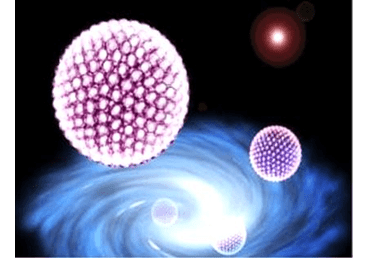EFFECT OF PEGYLATED EDGE ACTIVATOR ON SPAN 60 BASED- NANOVESICLES: COMPARISON BETWEEN MYRJ 52 AND MYRJ 59
Keywords:
Nanovesicles, PEGylated edge activator, Span 60Abstract
Objective: In recent years, Span 60 based nanovesicles have been the object of growing scientific attention as an alternative potential drug delivery system to conventional liposomes. Surface modification of nanovesicles can adjust the drug release rate and the affinity for the target site. The aim of present work was firstly to study the effects of different PEGylated edge activator (Myrj 52 and Myrj 59) on Span 60 based nanovesicles.
Methods: Nanovesicles were prepared using Span 60 alone or in combination with Myrj 52 (polyethylene glycol 2000 monostearate) or Myrj 59 (polyethylene glycol 4400 monostearate) by employing the ethanol injection method. Myrj 52 and Myrj 59 are hydrophilic nonionic surfactants were used to modify the surface of the developed vesicles. Dynamic light scattering was used to determine the size, zeta potential and polydispersity index of the nanovesicles formulation. The vesicles were also characterized for entrapment efficiency and in vitro release.
Results: In current work, the modified nanovesicles size (ranging from 54.32 to 141.7 nm), zeta potential (ranging from -5.67 to -27.1 mV) and polydispersity index (ranging from0.248 to 0.531) indicated that the surface modified nanovesicles vesicles are a homogenous and mono-disperse nanovesicles dispersions. The non-modified nanovesicles are showed higher particles size (>2 times) compared to modified nanovesicles. The modified nanovesicles were showed entrapment efficiency ranging from 36.42 to 78.13 %. All the modified nanovesicles showed accepted in vitro release of TN from nanovesicles (>70% released after 8 h), followed Higuchi models as drug release mechanism.
Conclusion: In conclusion, these surface modified nanovesicles could be used as a potential drug carrier for a variety of drugs.

Peer Review History:
Received 11 June 2019; Revised 17 July; Accepted 20 August; Available online 15 September 2019
Academic Editor: Prof. Dr. Gorkem Dulger , Duzce University, Turkey, gorkemdulger@yandex.com
, Duzce University, Turkey, gorkemdulger@yandex.com
Reviewer(s) detail:
Dr. Robert Tungadi , State University of Gorontalo, Indonesia, rtungadi@yahoo.com
, State University of Gorontalo, Indonesia, rtungadi@yahoo.com
Prof. Kapil Kumar , Global Institute of Pharmaceutical Education and Research,
, Global Institute of Pharmaceutical Education and Research,
Kashipur, US Nagar, Uttarakhand, India, kapil5november@gmail.com
Downloads

Published
How to Cite
Issue
Section

This work is licensed under a Creative Commons Attribution-NonCommercial 4.0 International License.









 .
.